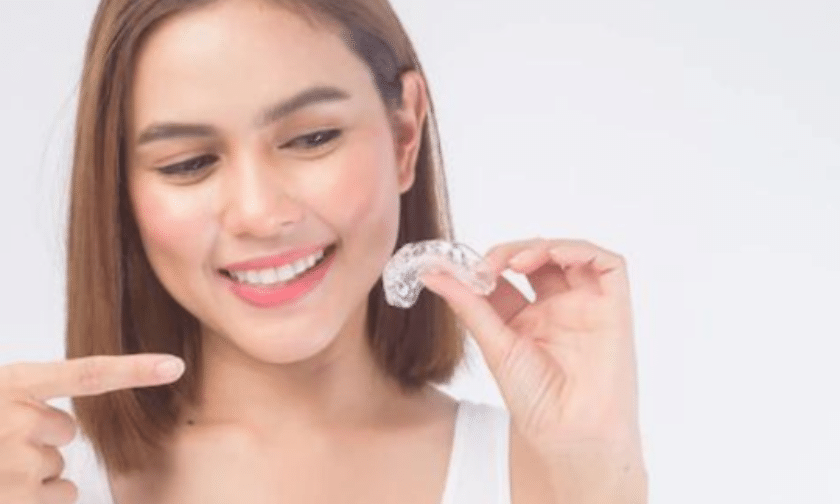
Orthodontic problems can cause serious and long-term oral health issues, but with the advancements in modern dental technology, these conditions can now be treated more effectively and efficiently. Invisalign is a popular choice for many people as it offers an effective solution to orthodontic problems without the need for traditional braces. This article will examine what orthodontic problems can and cannot be fixed with Invisalign and provide tips on how to maintain good oral hygiene during treatment.
Invisalign is a series of custom-made plastic aligners that fit comfortably over your teeth. These aligners are designed to move your teeth into their correct positions over time. Invisalign can be used to treat several different kinds of orthodontic problems, including the following:
– Crowding: When there is too much space in your mouth and teeth are pushed up against each other.
– Overbite: When the upper teeth overlap with the lower ones.
– Underbite: When the lower teeth overlap with the upper ones.
– Open bite: When there is a gap between the top and bottom rows of teeth when you close your mouth.
– Crossbite: When one or more of your upper teeth come down below your lower teeth when you bite together normally.
Invisalign offers many advantages to traditional braces as it is more comfortable, discreet, and removable. The aligners are made of a transparent plastic material that is virtually invisible when worn, allowing you to maintain a natural smile throughout the treatment process. In addition, they can be removed for eating and brushing your teeth, making oral hygiene easier than with traditional braces.
While Invisalign may be more comfortable and discreet than traditional braces, it is important to remember that not all orthodontic problems can be treated with this method. For example, severe cases of misalignment cannot be corrected by Invisalign due to its limitations in terms of force and pressure. In addition, Invisalign is more expensive than traditional braces and the treatment time may be longer.
Maintaining good oral hygiene during your orthodontic treatment is essential to ensure that your teeth stay healthy and free from cavities. Here are some tips for keeping your mouth clean while using Invisalign:
– Brush twice a day with a soft toothbrush and fluoride toothpaste.
– Floss regularly to remove food particles from between your teeth.
– Keep the aligners clean by brushing them gently with a soft toothbrush or cleaning them with an approved cleanser.
– Avoid eating sticky foods or hard foods that could damage the aligners.
– Visit your dentist for regular checkups during treatment.
Heading: What Cannot Be Fixed with Invisalign?
Invisalign may be an effective solution for many orthodontic problems, but there are some conditions that cannot be treated using this method. These include:
– Severe misalignment: Invisalign is not suitable for cases of severe misalignment as it cannot apply enough force to move the teeth into their correct positions.
– Jaw abnormalities: Any issues related to the jaw structure or position cannot be corrected by Invisalign and will require surgery or other methods of treatment.
– Missing teeth: If you have missing teeth, they must first be replaced before Invisalign can be used.
Invisalign is an effective and discreet solution to many orthodontic problems, but it is important to remember that not all conditions can be treated using this method. It is best to consult with your dentist to determine the best course of action for correcting your orthodontic issues. With proper care and maintenance, you can achieve a beautiful smile in no time!
FAQs:
A1: The duration of treatment depends on the severity of your orthodontic problem, but most cases are completed within 12-18 months.
A2: Invisalign is generally more comfortable than traditional braces, but you may experience some minor discomfort when your aligners are first fitted.
A3: No, you must remove the aligners before eating to prevent them from being damaged or stained.